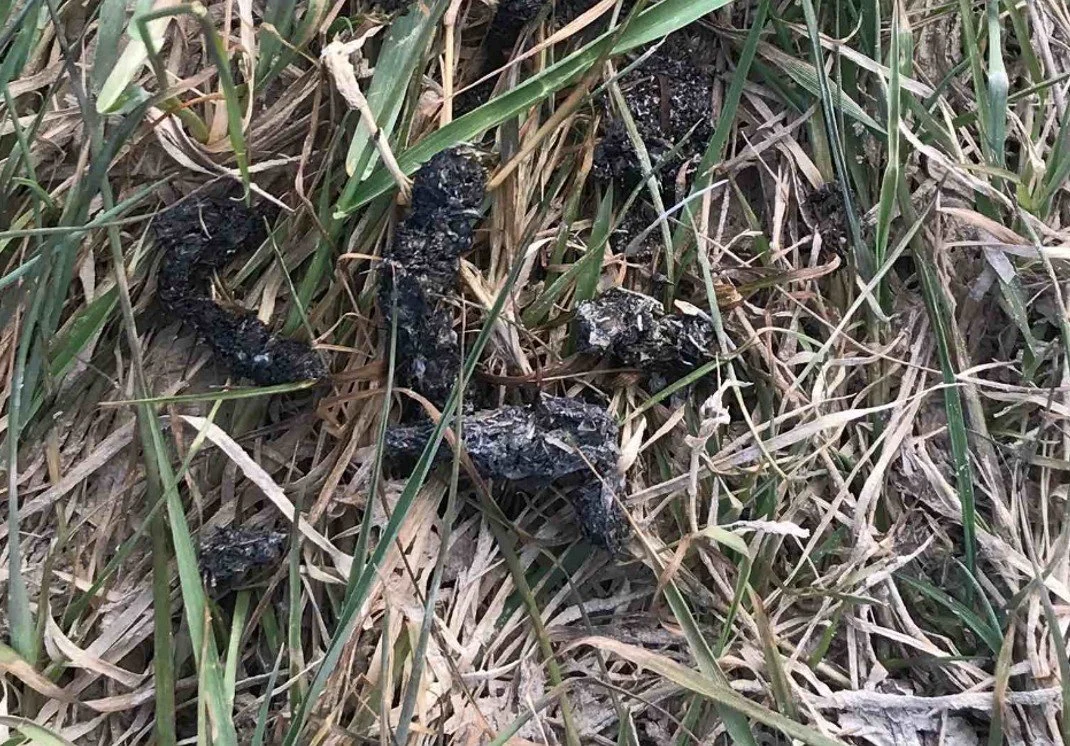#54 Otter by James Macarthur
Meet James Macarthur, PhD student at UHI Inverness!
James Macarthur is a PhD student at UHI Inverness (University of the Highlands and Islands) with a particular interest in using molecular techniques for biodiversity monitoring and conservation. He recently completed a research masters at the University of Hull where his research investigated how Eurasian otter Lutra lutra diets varied in relation to the available fish community along the river Hull. In his PhD, his group are looking to understand the impacts of the Eurasian beaver on fish communities and conservation priority mammals, with a focus on their interactions with migratory fish species such as Atlantic salmon and the European eel.
Email: ex40jm@uhi.ac.uk
Linkedin: https://uk.linkedin.com/in/james-macarthur-a850b8181
Twitter: @JamesMacarthur_
James’ chosen species is the Eurasian otter Lutra lutra. Otters are the largest mustelid in the UK and are one of the top predators within our freshwater ecosystems. Despite a decline from the 1950s-1970s, they can now be found throughout Scotland and Wales, with a complete recolonisation of England predicted by 2030 (Crawford, 2010; Sainsbury et al., 2019). Otters are shy and nocturnal (in freshwater) therefore, studies rely on non-invasive sampling methods based around spraint surveys (faecal samples), tracks and camera trapping.
There is a strict social hierarchy where adult males (dog otters) and females with cubs typically have well defined home ranges, meanwhile all other individuals act as transients moving between territories (Erlinge, 1967). The dominant males occupy the most favourable territories, meanwhile the subordinates are forced to live in the poorer quality habitats on the fringes (Erlinge, 1968). These territories are patrolled and maintained through the deposition of regular spraints at areas of interest (examples include prominent rocks, the confluence of two water points, the base of trees and under bridges) (Kruuk, 2006). You can find out more about the Otter on the NBN Atlas: https://species.nbnatlas.org/species/NBNSYS0000005133
Eurasian Otter caught on camera trap.
During the first national Otter survey from 1977-1979, Otter signs were only present in 4/227 (1.8% of sites) in Yorkshire (Lenton, Chanin and Jefferies, 1980; Crawford, 2010). This led to otter reintroductions from 1990-1993 to bolster these fragmented populations, particularly around the river Derwent (Green, 1997). However, a disparity in the sampling design meant that the upper catchment of the river Hull was not surveyed (Hampshire, 2003). The upper tributaries of the river Hull are England’s most northernly chalk streams and have with good water quality which provides important spawning habitats for Brown Trout and Grayling. There are several reports of sightings and signs of otters in the upper river Hull during the period of this decline, which pre-date the release on the Derwent (Hampshire, 2003; Howes, 2010). In 1995, a spraint was found which prompted a survey by Yorkshire Wildlife trust which confirmed Otter presence in the upper reaches of the river Hull (Jay, 1995; Howes, 2010). Therefore, the river Hull Otter population may have never gone extinct, and might in fact be genetically very valuable.
Otter spraint
During James’ master’s research, they found Otter spraints throughout the river Hull, from urban areas near Beresford Park in Hull to the chalky waters of Driffield trout stream showing how the Otters can live right under our noses in cities. Once collected, they used molecular techniques where DNA extracted from Otter spraints was sequenced to identify the prey eaten; and compared with eDNA (environmental DNA) from water samples collected along the river Hull to assess which prey was available. This allowed them to answer the question; does Otter diet vary spatially in response to local fish communities?
Otters fed on 21 prey species across the river Hull. The diet was primarily made up of fish accounting for 95.5% of prey occurrences, with birds and amphibians accounting for 2.5% and 2.0% of prey occurrences respectively. Otters were both opportunistic and selective, primarily feeding on the most abundant species which reflected the gradual change in fish communities along the river system. However, smaller, and benthic species such as Sticklebacks and Bullhead were the most common prey, whilst larger faster moving species such as Pike and Brown Trout were rarely eaten. European Bullhead was the favourite food of Otters. This is a small benthic fish which camouflages among the riverbeds as a defence mechanism (Tomlinson and Perrow, 2003). Otters have developed a unique method of hunting Bullhead where they thrash and roll on rocks in shallow water to flip them and expose the prey (Alderton et al., 2015).
For James, the Eurasian otter represents the ultimate predator of our freshwater systems, and their elusive nature adds to the appeal in searching for them. We can regularly find signs of them; but to see them in person requires a lot of patience and a degree of luck, which makes sightings even more special!
Otter prints in mud and snow
Monitoring and recording
Reports of otter sightings or signs can be reported to the “Mammal Mapper” app which is a free app designed by the Mammal Society: https://www.mammal.org.uk/volunteering/mammal-mapper/
Tips to look out for Otters:
Spraints: check under bridges, prominent rocks, or trees along the banks of rivers to search for spraints.
Otter Runs: Look for flattened paths of grass between water bodies which might represent where otters move between water. Check the start and end of runs for spraints.
Tracks: The best time to search for tracks is just after the snow, or in the lower reaches of tidal systems at low tide where you can look for a distinctive 5 toe print near the water.
Further information and acknowledgements
NEYEDC would like to thank James for his time and expertise in helping to create this blog.
References:
Alderton, E. et al. (2015) ‘The diet of the Malham Tarn otters: understanding the impacts of a native predator’, Field Studies, 11(6).
Crawford, A. (2010) ‘Fifth Otter Survey of England 2009-2010’, Environment Agency, Bristol.
Erlinge, S. (1967) ‘Home Range of the Otter Lutra lutra L. in Southern Sweden’, Oikos, 18(2), 186–209.
Erlinge, S. (1968) ‘Territoriality of the Otter Lutra lutra L’, Oikos, 19(1), 81-98.
Green, R. (1997) ‘Reintroduction of Otters a Successful Conservation Strategy’, IUCN Otter Specialist Group bulletin, 14 (2), 62 – 74.
Hampshire, R. (2003) ‘An evaluation of the distribution and population dynamics of the Eurasian otter Lutra lutra on the central River Hull, and its utilisation of this habitat’. Undergraduate dissertation. The University of Hull.
Howes, C.A. (2010) Changes in the status and distribution of mammals of the order Carnivora in Yorkshire from 1600. County history of the fox, badger, otter, pine marten, stoat, weasel, polecat, American mink, wildcat and domestic cat. PhD thesis, University of Bradford.
Jay, S. (1995) ‘Otters return to the river Hull’, Yorkshire Wildlife, September, 19.
Kruuk, H. (2006) ‘Otters: ecology, behaviour and conservation’. Oxford; New York: Oxford University Press.
Lenton, E.J., Chanin, P.R.F. and Jefferies, B.J. (1980) Otter survey of England 1977-79. Interpretative Branch, Nature Conservancy Council, London.
Moorhouse-Gann, R.J. et al. (2020) ‘Dietary complexity and hidden costs of prey switching in a generalist top predator’, Ecology and evolution, 10(13), 6395–6408.
Sainsbury, K.A. et al. (2019) ‘Recent history, current status, conservation and management of native mammalian carnivore species in Great Britain’, Mammal review, 49(2), 171–188.
Tomlinson ML & Perrow MR (2003). ‘Ecology of the Bullhead’. Conserving Natura 2000 Rivers Ecology Series No. 4. English Nature, Peterborough.




